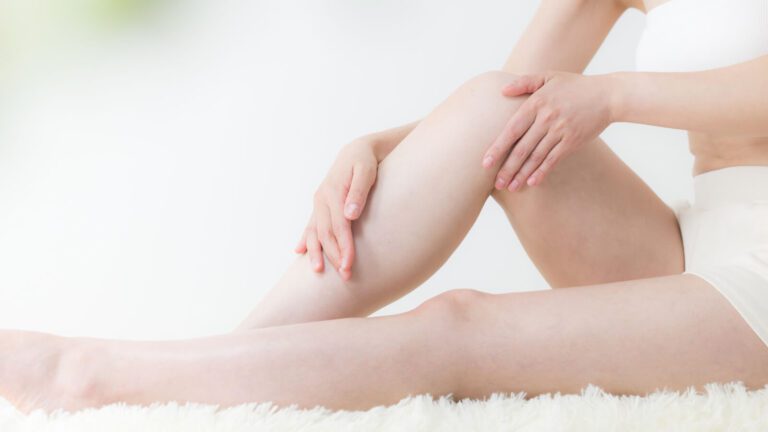MEDIA/
Precautions for Hair Removal

As summer arrives, it’s time for women to break out their tank tops and shorts, but unwanted body hair can be quite embarrassing! Among the many hair removal methods available, from traditional shaving to permanent hair removal, how should one choose? What should you keep in mind when removing hair at home?
Common Hair Removal Methods
1. Intense Pulsed Light (IPL)
Similar in principle to laser hair removal, IPL treatments generally take longer (around 10-20 sessions) to achieve permanent hair removal. There is a risk of skin burns and hyperpigmentation.
2. Laser Hair Removal
This method uses specific wavelengths of laser light to target hair follicles, converting light into heat to destroy the follicle cells. It is safe, highly effective, and can lead to about 90% permanent hair loss after 4-5 sessions, with fewer side effects. It is also suitable for small areas.
3. Hair Removal Creams
These creams use chemicals to dissolve the hair structure. They are easy to use and less irritating than waxing but may cause allergic reactions, itching, or redness.
4. Waxing
Wax strips are applied to the skin and pulled off quickly to remove hair. This method can be painful and may break the hair, leading to ingrown hairs. It can also irritate hair follicles, increasing the risk of folliculitis. However, waxing lasts longer than shaving and is relatively simple.
5. Tweezing
While not dangerous, tweezing can result in ingrown hairs. The process can be painful, leading to redness and swelling.
6. Shaving
A razor blade is used to shave off hair, but this can lead to thickened skin and rough texture due to increased keratin buildup.
7. Home Hair Removal Devices
These allow for at-home laser hair removal, but effectiveness can vary widely by brand.
Tip: Dr. Chan Sheung Hey Thomas recommends that for laser hair removal, it is best to consult a dermatologist. They can accurately assess skin conditions and use the appropriate laser intensity for higher safety.
Important Notes!
– Pregnant women should avoid laser hair removal.
– After laser hair removal, avoid sun exposure. Some individuals may be sensitive to lasers, leading to redness or dark spots post-treatment.
Six Points to Note When Removing Hair at Home
1. Trim longer hair before removal.
2. Shower or clean the body and dry off before starting.
3. Ensure hair removal tools are clean.
4. If shaving, dry shaving is generally more effective than shaving on wet skin.
5. You may pluck hairs 2-3 days after shaving, depending on the situation.
6. Hairs can be pulled out in the direction of growth or against it, but try to maintain the same direction as much as possible.
Post-Hair Removal Care
After hair removal, rinse the area with clean water to help close the pores, then apply a soothing lotion to repair the skin. Avoid sun exposure for 2-3 days post-removal.
Individuals with diabetes or uncontrolled eczema may have an increased risk of skin infections after hair removal.
Conduct a Patch Test First
Hair removal will not affect the body’s ability to sweat, but some chemical ingredients in hair removal products can cause skin sensitivity. It’s advisable to test a small area of skin first to ensure there are no allergic reactions before using the product widely.
Effects of Over-Hair Removal
Using overly aggressive or incorrect hair removal methods can lead to redness, inflammation, and hyperpigmentation, affecting aesthetics. Dr. Chan advises caution when using razors to avoid cutting the skin. Frequent shaving can lead to thickened skin due to keratinization. Apply sunscreen when outdoors to protect the skin.
Does Hair Get Thicker When Shaved?
This is actually a misconception! Shaving does not make hair thicker; hair has a tapered end that appears finer. When shaved, only the tip is removed, leaving the thicker part to grow back, which may give the impression of increased thickness. If the entire hair is pulled out, the new growth will typically be finer, avoiding the perception of thickening.


